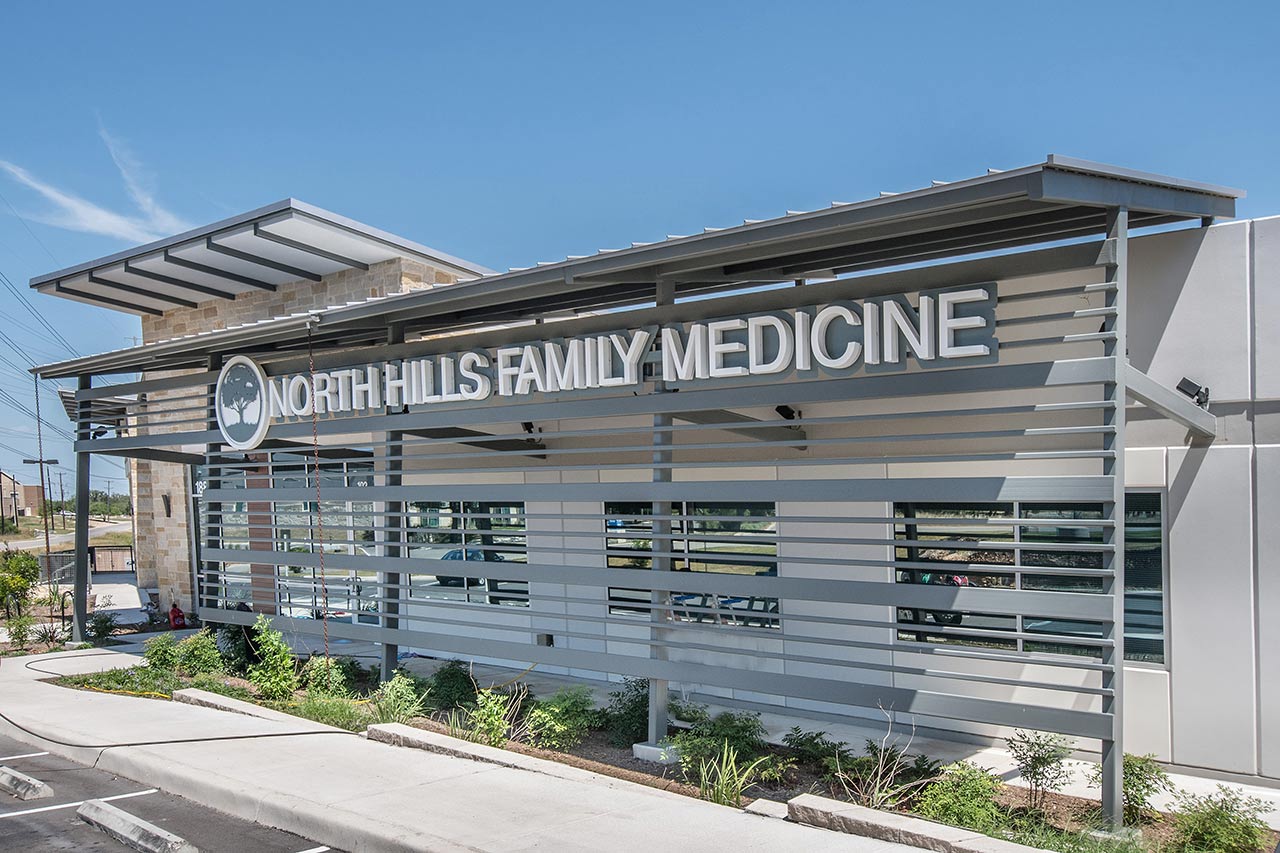EMDR – Breaking the Cycle of Abuse – Treating Adult Victims of Childhood Abuse
 As children, we are innocent. We have no power and are therefore, unable to protect ourselves. We look to our caregivers to nurture, care for, guide and teach us about the world. Unfortunately, due to their own issues and problems, many parents and caregivers are adequate custodians but they are not always able to provide all the best parenting. Then there are those parents who are abusive to their children or are unable to protect their children from abuse.
As children, we are innocent. We have no power and are therefore, unable to protect ourselves. We look to our caregivers to nurture, care for, guide and teach us about the world. Unfortunately, due to their own issues and problems, many parents and caregivers are adequate custodians but they are not always able to provide all the best parenting. Then there are those parents who are abusive to their children or are unable to protect their children from abuse.
In any case, most of us come out of childhood with some hurts, but other children experience more than hurts. They are left with deep wounds and scars that affect their ability to trust, relate, engage and function in the adult world. Verbal abuse, neglect, physical abuse, emotional/mental abuse and sexual abuse come in many different forms, and these assaults on the child may result in adults who experience symptoms of depression and anxiety, or PTSD (Post Traumatic Stress Disorder).
The extent, the frequency, the severity, and the longevity of the abuse all affect how and to what extent an individual may be affected by childhood abuse. The stress of living with, denying and trying to overcome causes different reactions in different people.
In his book, “When the Body Says No”, Dr. Gabor Mate draws on a wide range of scientific research, to illuminate the interplay between the body’s emotional, nervous, hormonal and immune systems. He shows how people whose lives are marked by suppressed emotions and excessive, unacknowledged stress, especially the buried stresses we all carry from our early childhoods, can become physically and mentally ill. Dr. Mat explains the importance of assessing and treating not only the body but the mind.
This mind/body connection is essential to EMDR treatment and especially the treatment of early childhood traumas such as physical and sexual abuse. EMDR essentially “targets” childhood traumas and disturbing events, and uses all the five senses to “activate” and reprocess the disturbing and traumatic thoughts, feelings, body sensations and memories.
Although it is sometimes difficult to comprehend how our present-day problems and issues are rooted in our childhood hurts, my experience has been that the connections begin to present themselves during the therapy. With EMDR, there is a connecting of the dots, so to speak, and sometimes the “capturing” of those hidden stresses. Once these hidden stresses are remembered, they can be processed and released. This allows for a natural “letting go” process to occur. Once we begin this healing of childhood wounds, there is rapid emotional and psychological growth, acceptance and peace of mind.
If more adults would take the time to deal with and resolve their own childhood traumas, more children would grow into their full potential… and fewer parents would have painful regrets.
Eye movement desensitization and reprocessing (EMDR) is a form of psychotherapy that was developed to resolve symptoms resulting from disturbing and unresolved life experiences. It uses a structured approach to address past, present, and future aspects of disturbing memories.
The theory underlying EMDR treatment is that it works by helping the sufferer process distressing memories more fully which reduces the distress. It is an integrative therapy, synthesizing elements of many traditional psychological orientations, such as psycho-dynamic, cognitive behavioral, experiential, physiological, and interpersonal therapies.



